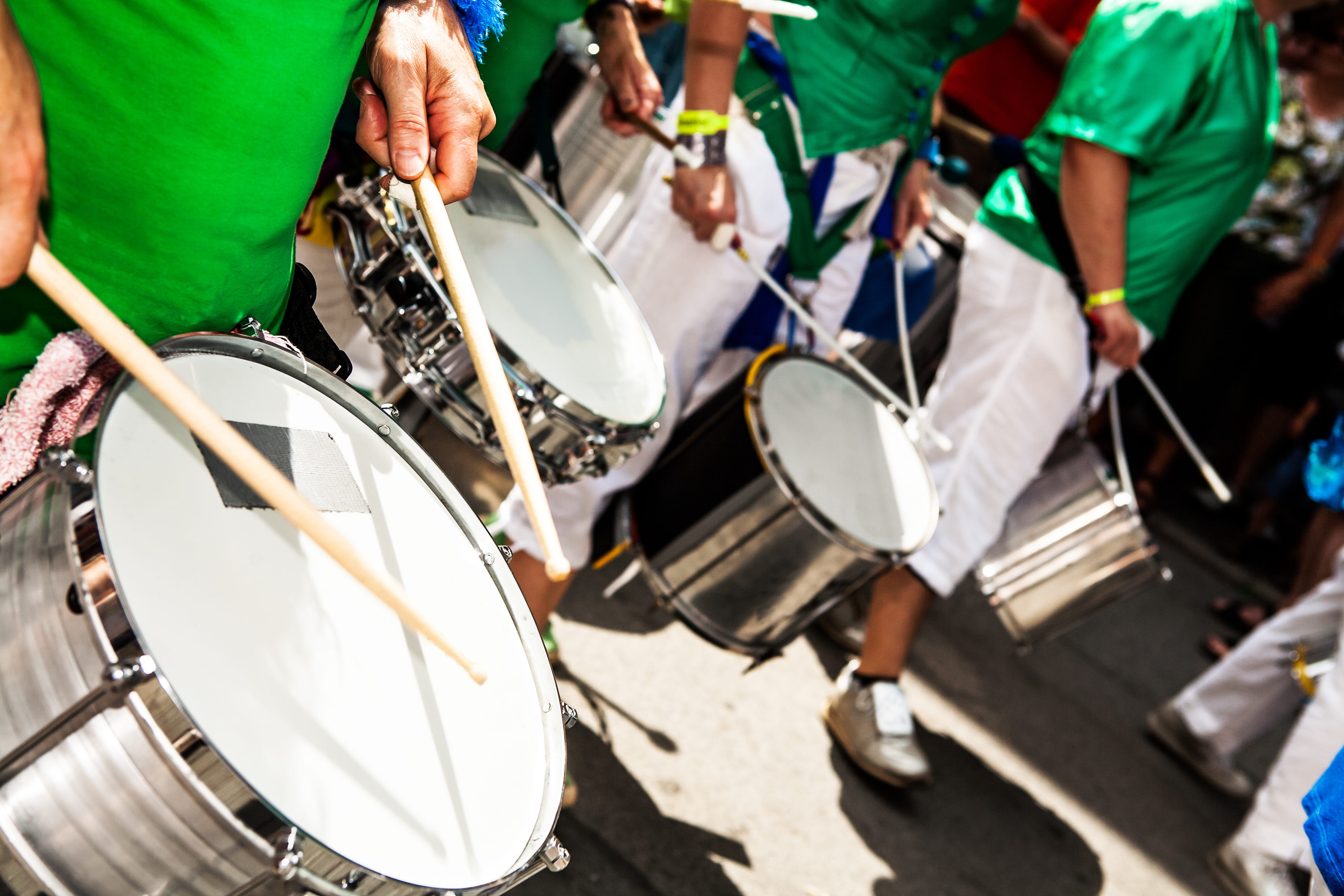
Bossa Nova (translated as “new wave” or “new trend”) is a style of music that became popular globally during the 1960s.
While it was popular in Brazil to a lesser extent in the 50s, it wasn’t until Stan Getz and João Gilberto collaborated for their groundbreaking album Getz/Gilberto in 1963 that the style gained international recognition. At its core, bossa nova is a fusion of Brazilian samba and American jazz music. It takes the rhythmic ideas present in samba while adopting much of the harmonic and melodic vocabulary as well as the song forms of jazz music.
Our previous article explored Brazilian samba music and how we notate it using Western classical notation.
In contrast, this article highlights that notating it in Western classical notation ultimately has one obvious flaw - it doesn’t accurately document the rhythmic sway or “swing” present in the style. Bossa nova is very different; it has a much closer relationship with jazz music than with Western classical notation.
Bossa Nova and Samba
Bossa nova and samba are so intrinsically linked that if you are completely unfamiliar with the latter, I would strongly recommend familiarising yourself before continuing with this article.
Bossa nova is usually played at slower tempos (up to around 170 bpm), while samba is often much faster (sometimes even double). In fact, bossa nova is often described as “slow samba” and while this is certainly not true, this comparison offers us a useful insight into how the style feels.
Let’s look in more detail at some specific similarities and differences between the two styles:
1. Instrumentation
Samba music is very percussion heavy and percussionists usually out number the other instrumentalists. A samba percussion ensemble usually consists of:
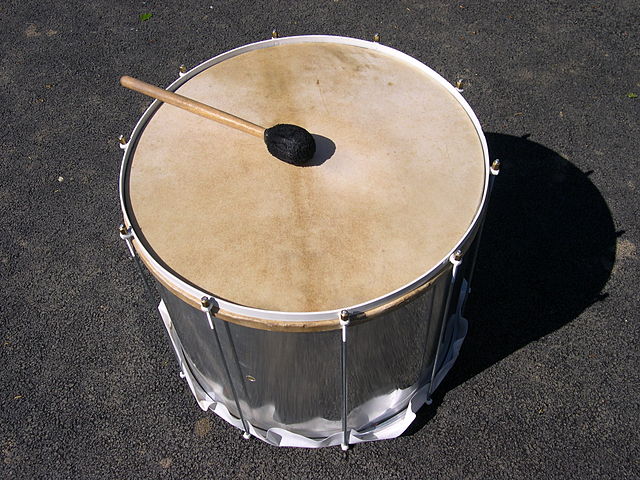
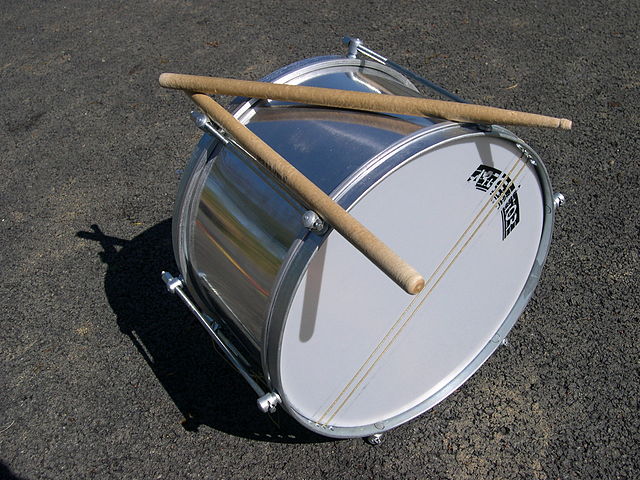
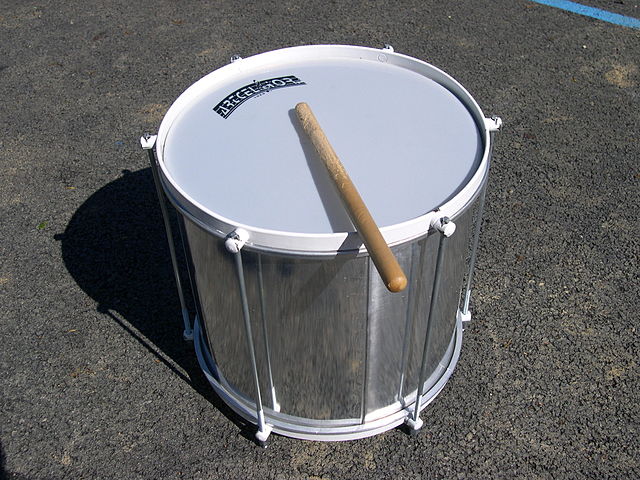
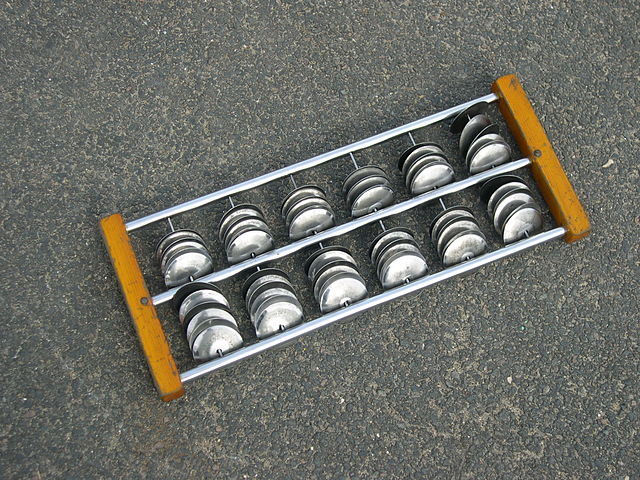

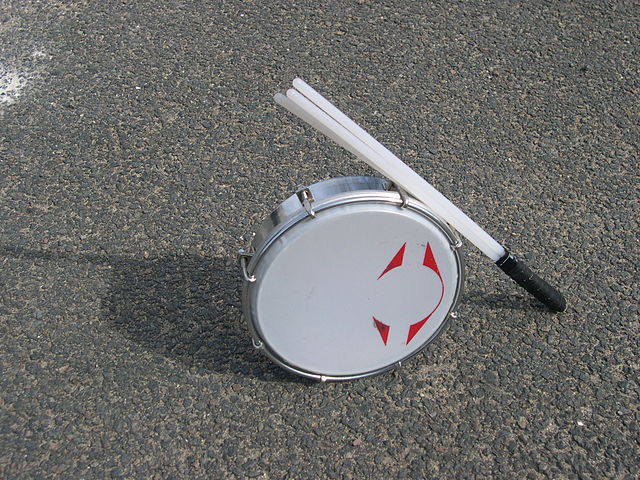
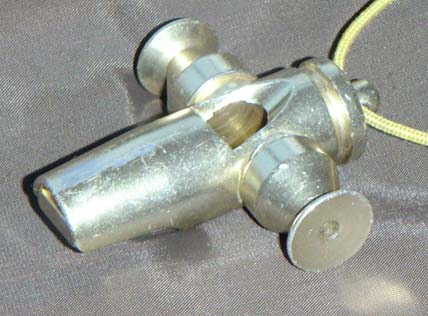
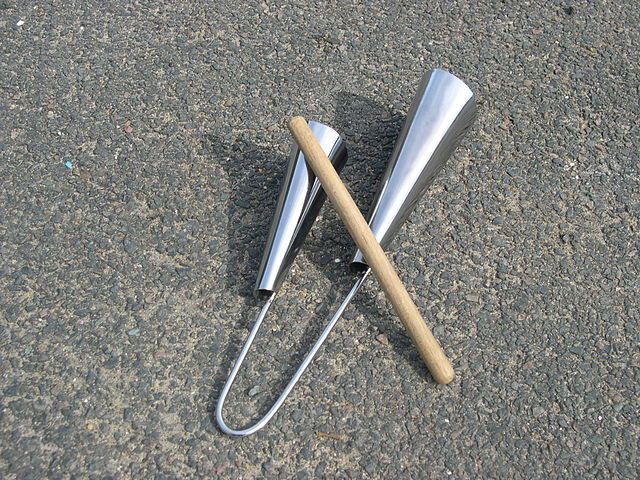
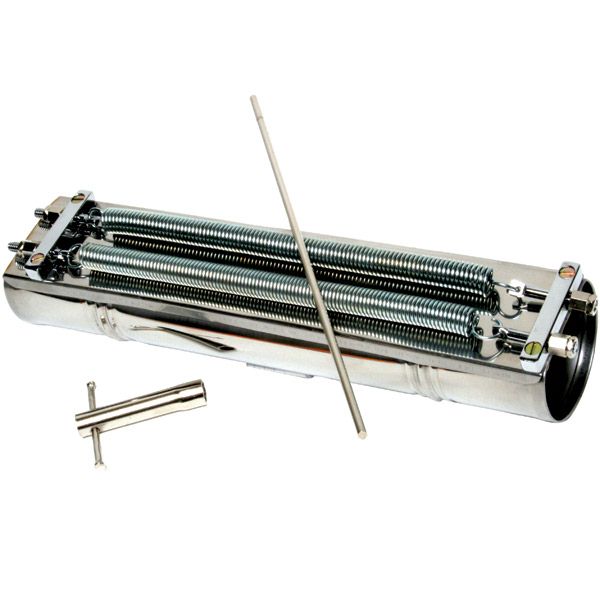
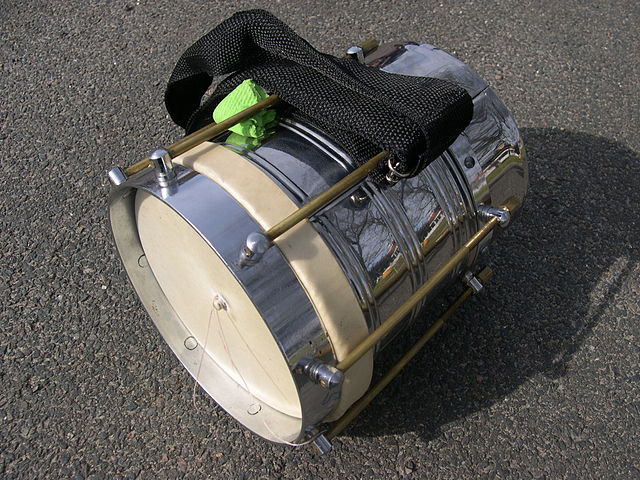
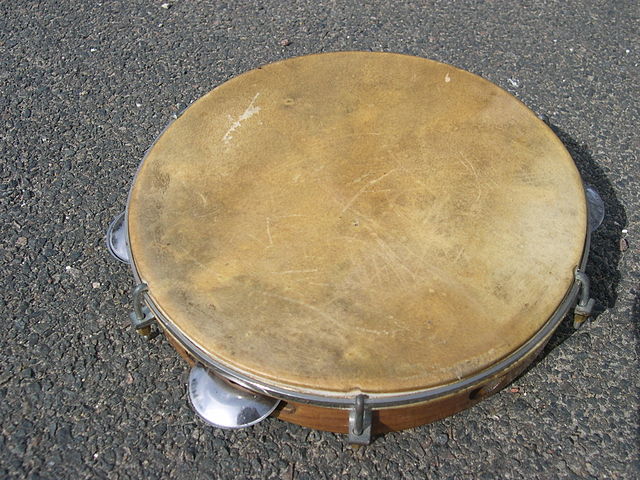
Harmony and melody is usually provided by vocals as well as stringed or brass instruments such as:
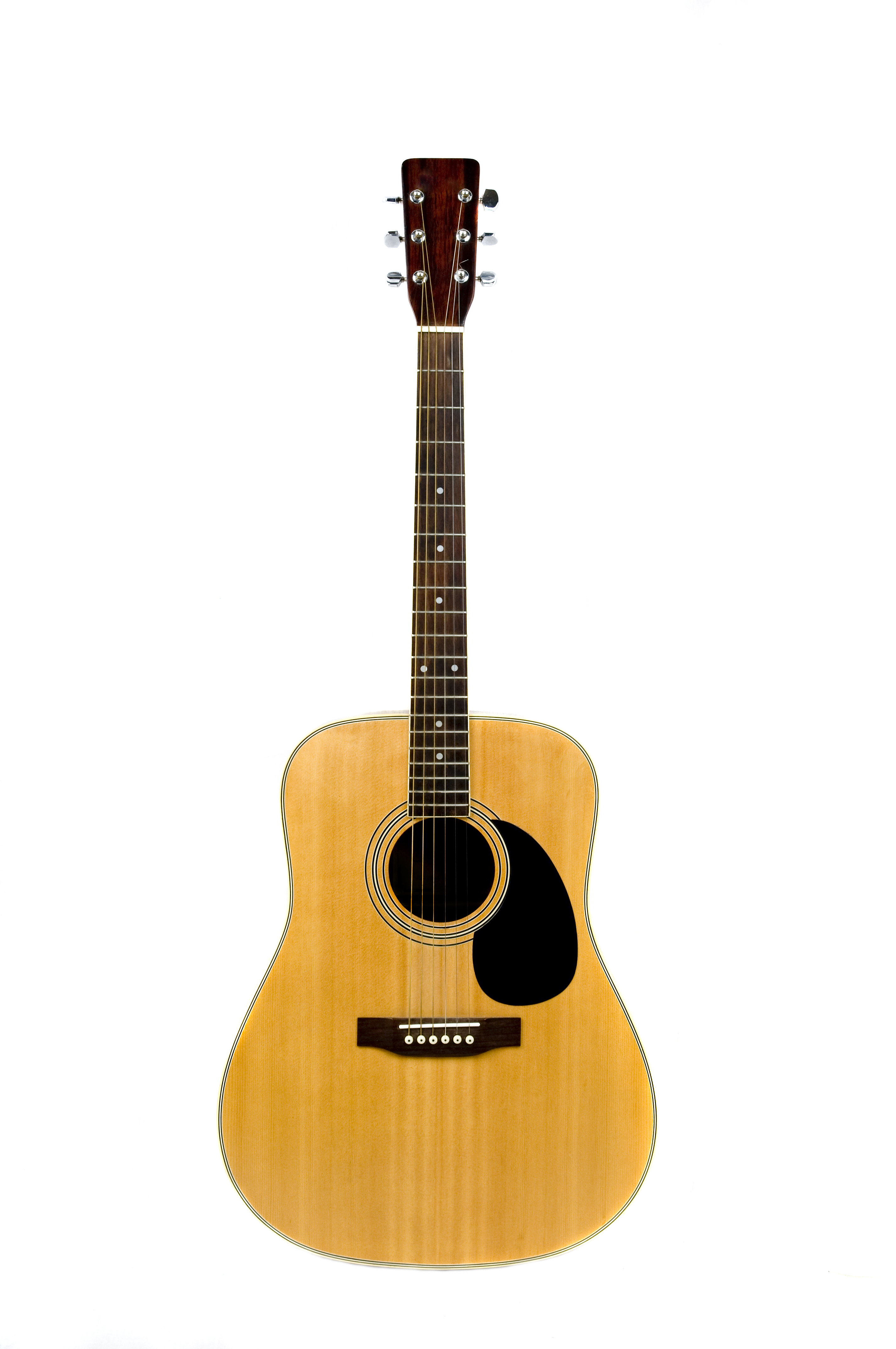
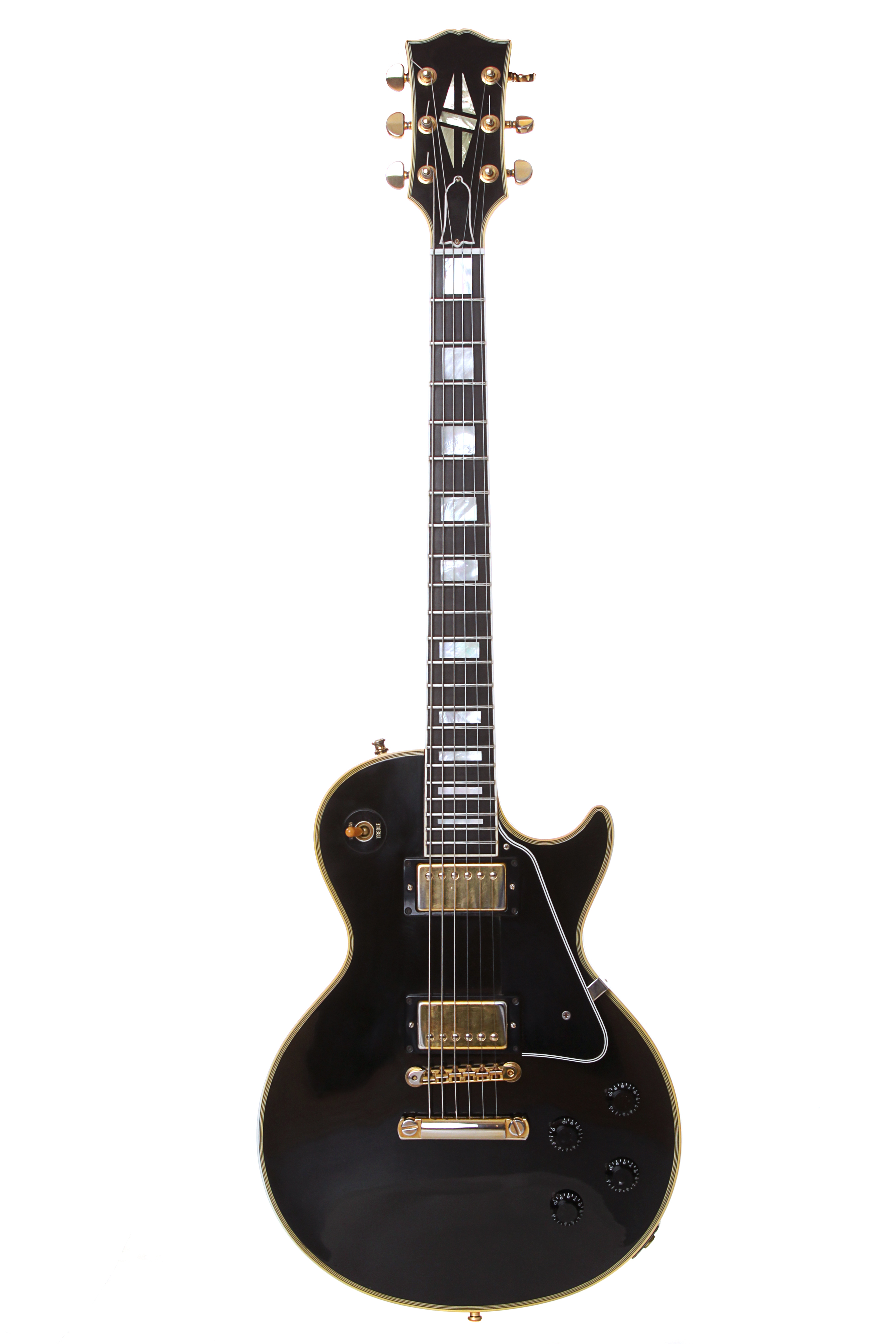
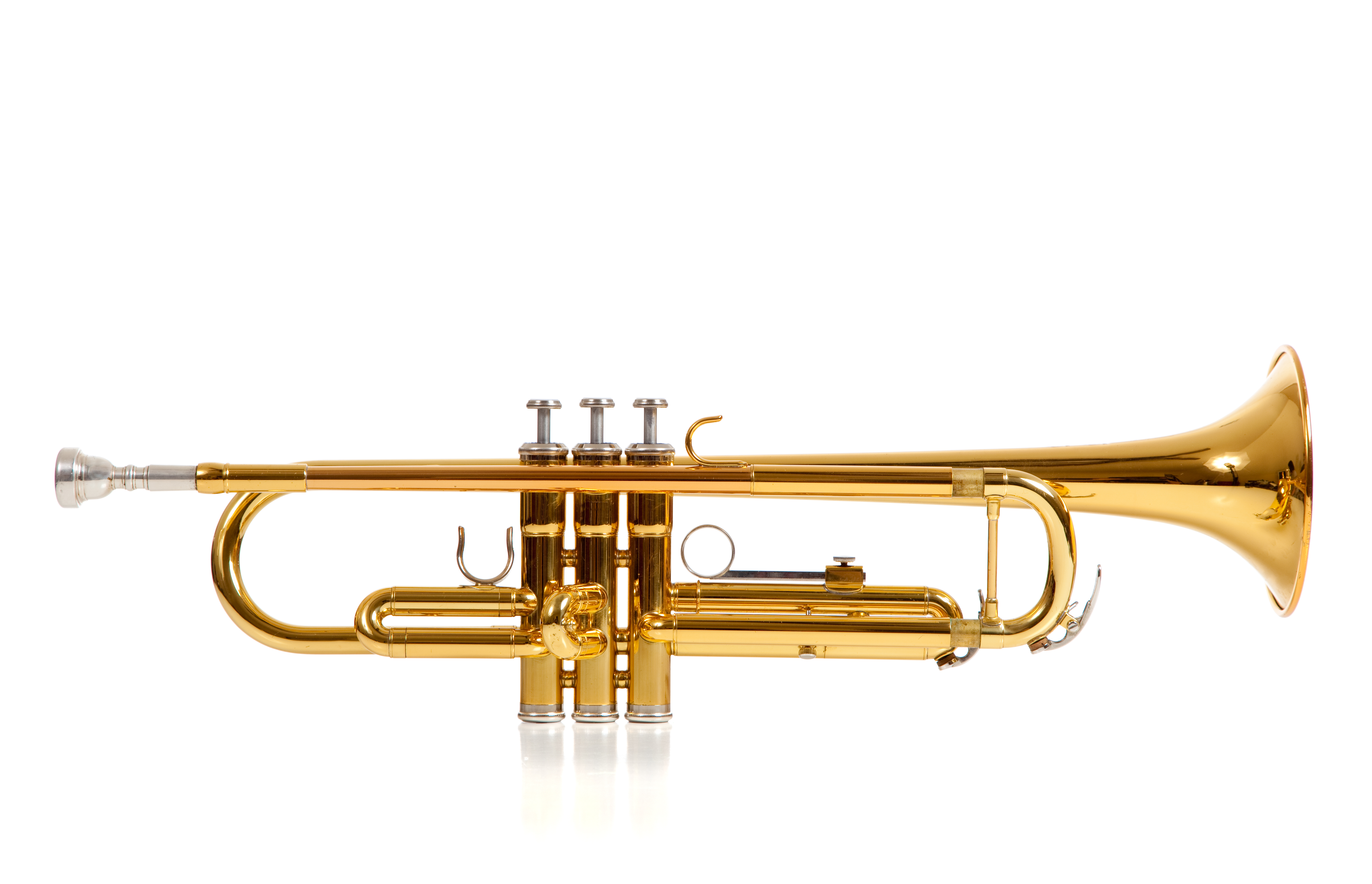
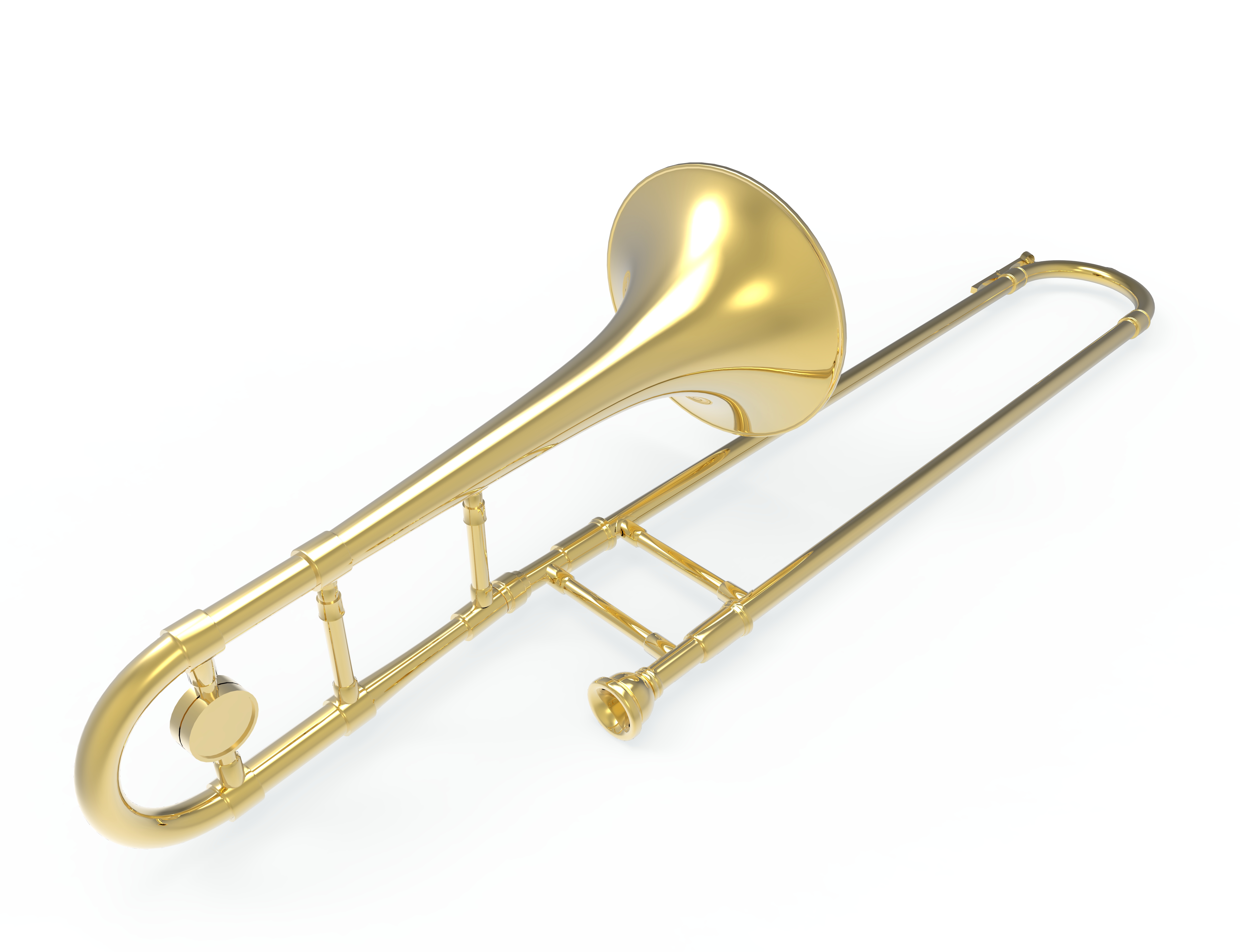
Bossa nova is usually played by a smaller ensemble and the percussion is usually approximated by a drum kit player. Piano and traditional jazz instruments such as saxophone are more common. A typical bossa nova ensemble consists of a drum kit, shaker, pandeiro, bass guitar or double bass, and a piano.
2. Rhythm
We’ll look later at exactly how a bossa nova drummer might approximate certain elements of a samba percussion ensemble using the drum kit. Before we do, let’s look at which rhythmic elements samba and bossa nova have in common.
- Both styles are felt in 2, though they’re usually notated differently. Samba is usually notated in 2/4 using 16th notes, while due to its slower tempo and relationship to jazz music, bossa nova is commonly notated in 4/4 using 8th notes.
- While the pulse in samba music is driven by the surdos, the absence of these instruments in bossa nova mean that this role has to be taken by the drum kit player, usually in the bass drum.
- In samba, the caixa (snare drum) plays an important role in increasing energy and outlining the rhythmic swing that’s unique to the style. While the snare drum is common in bossa nova (as part of a standard drum kit), it is rarely played the same way as a caixa. It is far more common for a bossa nova drummer to play tamborim or agogo bell rhythms on the snare drum, using a cross-stick to produce a dry, woody tone.
- The rhythmic sway in bossa nova is not quite as pronounced as it is in samba, although it is still present. If we imagine the “scale of swing” that we spoke about in the samba article, with one side of the scale being fully fledged uneven samba 16th notes, and the other side being completely even notes, bossa nova should sit somewhere in the middle. In the words of bossa nova singer Rosa Passos “fry the egg, but don’t break the yolk.” If bossa nova is played too straight it can feel slightly uninformed, the sway present helps the music to feel relaxed.
3. Harmony
Bossa nova harmony is usually much more closely related to jazz harmony than it is to samba harmony. Samba harmony tends to be simple and functional, whereas, like jazz, bossa nova makes extensive use of extended chords and accidentals.
4. Musical Setting
One important distinction to make between bossa nova and samba is the environment in which they’re traditionally played. As we discussed in the previous article, samba is carnaval music and dance, and is at home on the streets, played by lots of musicians in front of massive sprawling crowds. Bossa nova shares more in common with jazz in regard to setting; it’s usually played in clubs or other music venues in front of a listening, paying audience.
5. Form/Improvisation
Bossa nova song forms are very similar to traditional jazz structures. Songs are usually head arrangements, meaning that the whole song consists of one set number of bars, which repeat throughout the song, either with the melody being played or sung, or with a soloist playing over the same chords. Forms are made of different sections, usually labelled A, B etc. and can vary from a traditional jazz AABA or AAB to more unconventional song forms with unusual section lengths. While variety is created by the soloist, changes in texture can add nice contrast throughout the tune. Like in jazz, the drummer may decide to switch to brushes, or drop out entirely during one chorus to help create a textural change. This is very different in traditional samba music, partly due to the environment in which it is played as the percussion section rarely, if ever, drops out.
The Drum Kit
Let’s look at which samba percussion instruments are commonly adopted by the bossa nova drummer and how these are orchestrated on the drum kit.
Surdos
The surdo rhythms are usually played on the bass drum, though less distinction is made between the strong second beat and the weaker 1st beat than it is in samba drum kit playing.
Chocalhos/Ganza
In bossa nova, the drummer usually keeps a steady 8th-note pulse either on the hi hat or ride cymbal to replicate the chocalhos and ganzas in a samba ensemble. Another common way to produce these sounds on the drum kit is by using jazz brushes. These work particularly well at lower volumes or in small venues where playing the drum kit with sticks might be a bit overpowering.
Tamborim/Agogo
These sounds are usually produced using the snare drum cross stick in bossa nova music. Indeed, it’s rare in bossa nova to hear the snare drum played using a regular stick stroke.
Notation
Let’s look at some common bossa nova rhythms and how they’re notated. We’ll also compare how rhythms common to both bossa nova and samba are usually notated in each style.
Brazilian Clave
While the word clave doesn’t really apply to Brazilian music, it has been used by students more familiar with Afro-Cuban music to describe one specific Brazilian rhythm. In Cuban music, the clave is a rhythmic concept around which all the music is constructed. It is a rhythm played by 2 small, thick wooden sticks called “claves” which never varies throughout a song. It’s almost like a musical metronome which helps the whole band to “lock-in” together.
In Brazilian music, there is no such rhythm, and most rhythms are interchangeable for other variations. That being said, the following rhythm has been described as the “brazilian clave” due to its popularity, particularly in bossa nova music.

Like clave this rhythm can be switched around so either bar is played 1st, like so

Tamborim/Agogô Bell rhythms
Here are some common samba tamborim and agogô bell rhythms that have become common in bossa nova drum kit playing.


Notice how in samba they tend to be notated in 2/4 with semiquavers, compared to common time with quavers in bossa nova.
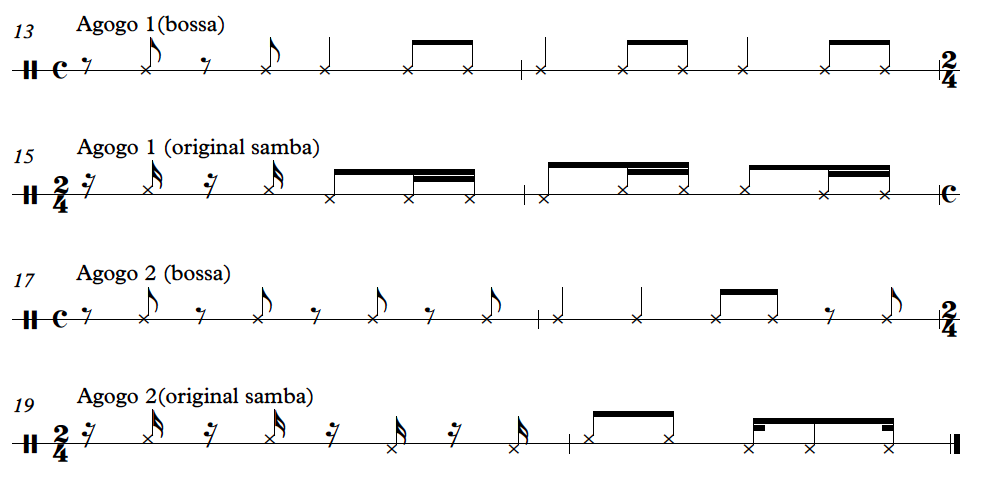
Recommended Listening
What recordings should you listen to? Here is a short list of bands and artists that will give you a brief introduction to the style:
- Antonio Carlos “Tom” Jobim - Brazilian pianist, singer, and composer responsible for composing a huge proportion of the bossa nova standard repertoire still played to this day.
- João Gilberto - Guitarist and contemporary to Tom Jobim. Many of Jobim’s songs were first recorded by Gilberto.
- Astrud Gilberto - Brazilian singer famous for singing “The Girl From Ipanema” (Garota de Ipanema). Was married to João Gilberto before getting divorced and starting a relationship with her musical partner, American jazz saxophonist Stan Getz.
- Stan Getz - American jazz saxophonist who played a key role in introducing bossa nova to the anglophone world. His album Getz/Gilberto is a bossa nova classic and was the catalyst for bossa nova’s global popularity.
- Sergio Mendes - Brazilian pianist most famous for his bossa nova arrangement of Jorge Ben Jor’s samba classic “Mas Que Nada.” Mendes is a prolific arranger and has arranged many Beatles songs in a bossa nova style with his band Brasil 66.
- Elis Regina - Early bossa nova singer who tragically died at the age of 36 in 1982.
- Charlie Byrd - American guitarist who recorded many bossa nova albums. Check out his 1962 collaboration with Stan Getz “Jazz Samba.”
- Luíz Bonfá - Brazilian guitarist and composer who wrote music for the film Black Orpheus.
Bossa nova “standards”
Here is a list of standard bossa nova tunes that drummers should know:
- “Agua De Beber” - Antonio Carlos Jobim
- “Desafinado” - Jobim, Newton Mendonça
- “Corcovado” - Jobim
- “Garota De Ipanema” - Jobim, Vinicius de Moraes, Norman Gimbel
- “Blue Bossa” - Kenny Dorham
- “Só Danço Samba” - Jobim, de Moraes
- “Chega De Saudade” - Jobim, de Moraes
- “Wave” - Jobim
- “So Nice (Samba de Verão)” - Marcos Valle
Others
These bands and artists are famous in Brazil, but did not only play bossa nova music. Their music is influenced by a wide array of Brazilian music, bossa nova included.
- Ivan Lins - Brazilian jazz and pop pianist. Famously collaborated with Cuban Chucho Valdés and his band Irakere.
- Djavan - Pop singer-songwriter. Hits include “Flor de Lis” and “Eu Te Devoro.”
- Jorge Ben - Brazilian popular musician and multi-instrumentalist. Famous for composing “Mas Que Nada,” a song popularised by Sergio Mendes and Brasil 66.
- Paulo Moura - Brazilian clarinetist and saxophonist. Released a fantastic live album in 1996 featuring the music of Pixinguinha.
Drummers
Following is a list of current drummers who are a great example to follow when studying bossa nova drumming.
- Milton Banana - Brazilian drummer who can be heard on João Gilberto and Stan Getz’s collaborations. Was also a band leader who released numerous albums with various line-ups.
- Hélcio Milito - Brazilian drummer most famous for his work with Luis Bonfá.
- Dom Um Romão - Brazilian drummer and percussionist. Performed and recorded alongside Sergio Mendes with Brasil 66 and also played with American fusion band Weather Report.
Books
Here is a list of books that I’ve found particularly valuable while studying bossa nova music (see descriptions below):
- The Essence of Brazilian Percussion & Drum Set - Ed Uribe
- Brazilian Rhythms for Drumset - Duduka Da Fonseca & Bob Winter
- World Jazz Drumming - Mark Walker
The following books are useful for developing the coordination used not only in bossa nova but also comping in other styles (see descriptions below):
- Modern Reading Text in 4/4 - Louis Bellson.
- Progressive Steps to Syncopation for the Modern Drummer - Ted Reed.
- Stick Control - George Lawrence Stone.
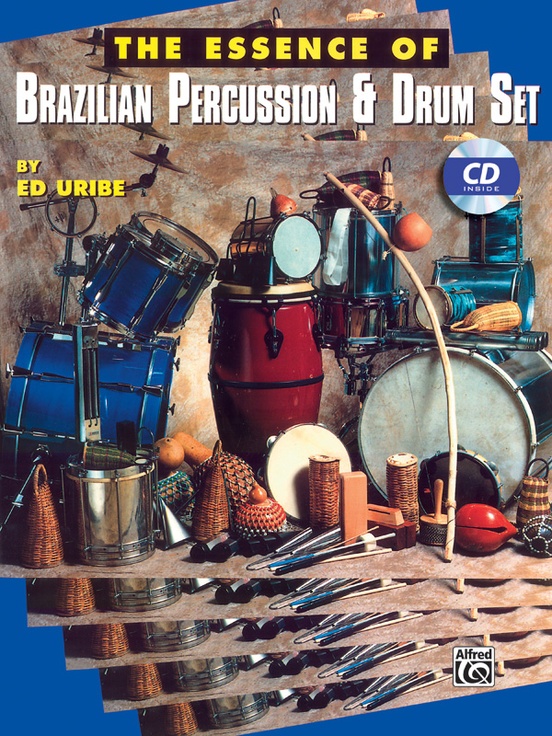
The Essence of Brazilian Percussion & Drum Set
Ed Uribe's book covers both percussion and drum kit applications including audio files. It also includes some typical rhythm section charts for you to try with other musicians.
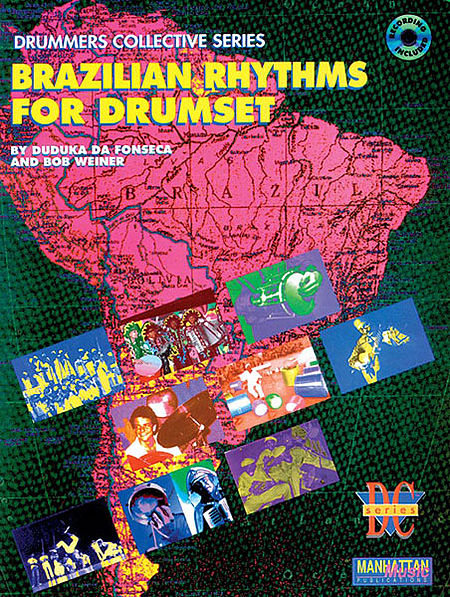
Brazilian Rhythms for Drumset
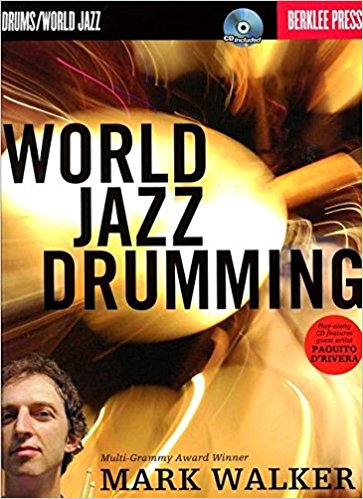
World Jazz Drumming
A good reference book by Mark Walker. It covers a number of common samba jazz examples and includes play-along tracks and audio files.
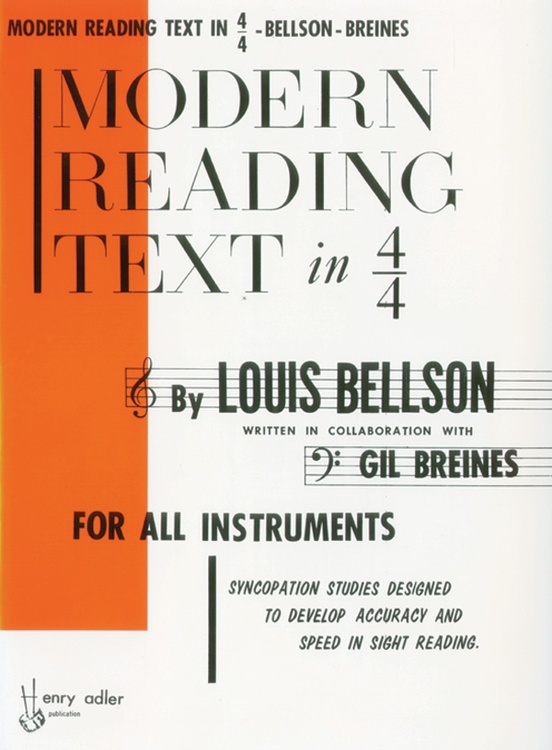
Modern Reading Text in 4/4
When used creatively, Bellson's book can open many new doors in terms of coordination, especially the first 5 pages or so. A very useful tool for developing sight reading as most rhythms are written in many different ways (with rests, ties, and dots).
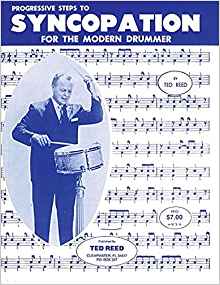
Progressive Steps to Syncopation for the Modern Drummer
Ted Reed's book can be used similarly to Modern Reading Text; it provides page upon page of useful jazz and bossa nova comping patterns.
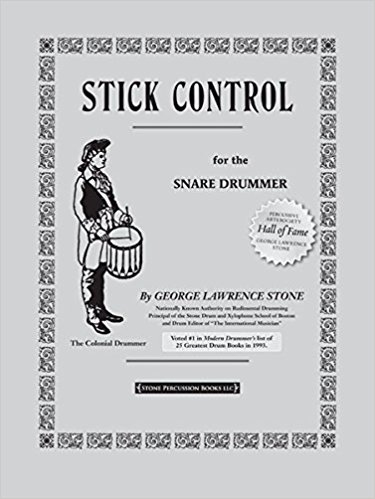
Stick Control
George Lawrence Stone's book has stood the test of time since it’s first publication in 1963. It is a book of sticking patterns that is creatively and extremely useful in developing drum kit coordination.
Bonus Content
Our instructors Brendan Bache and Tom Coppin perform a classic bossa nova Song, “So Nice” (Summer Samba - Samba de Verão) by Marcos Valle.
Ready to learn music?
Start learning with our 30-day free trial! Try our music courses!
About Liberty Park Music
LPM is an online music school. We teach a variety of instruments and styles, including classical and jazz guitar, piano, drums, and music theory. We offer high-quality music lessons designed by accredited teachers from around the world. Our growing database of over 350 lessons come with many features—self-assessments, live chats, quizzes etc. Learn music with LPM, anytime, anywhere!


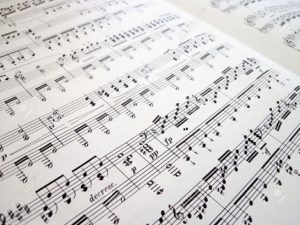
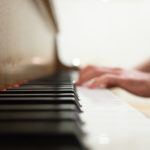
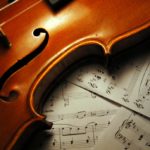
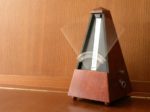
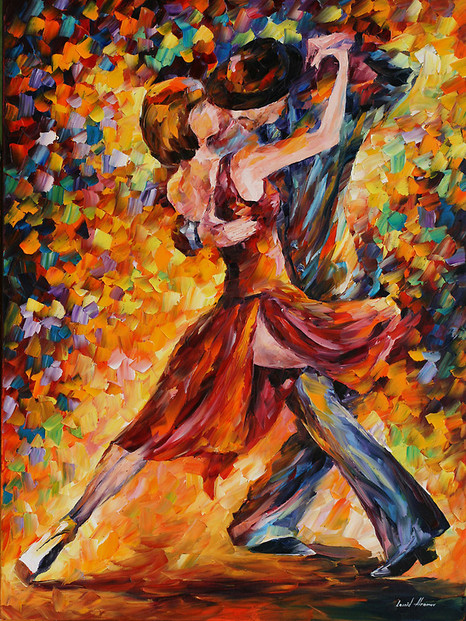
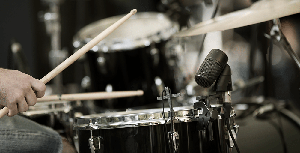

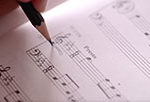

This website was very helpful. I’m studying for a bossa nova viva voce and thsis gave me lots to talk about!
That’s great to hear! Thanks for taking the time to leave a comment!